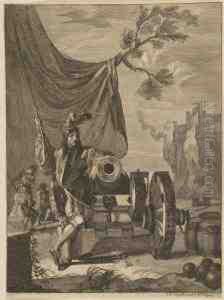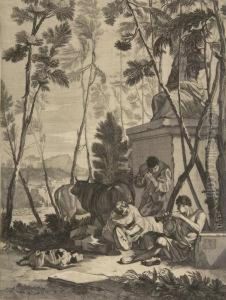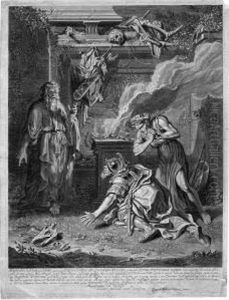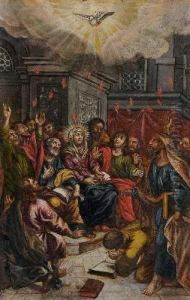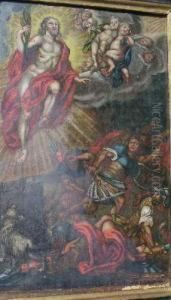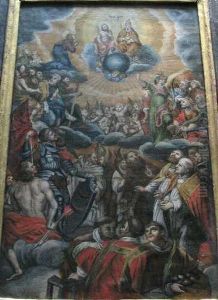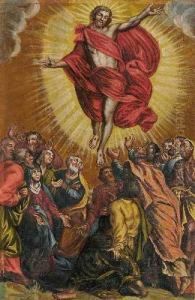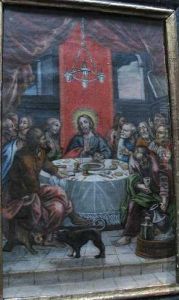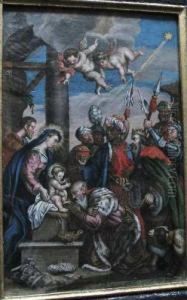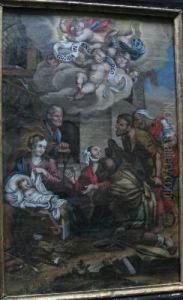Georg Andreas I Wolfgang Paintings
Georg Andreas Wolfgang, born in 1631, was a German engraver and publisher during the Baroque period. He is remembered for his detailed engravings which often depicted cityscapes, architecture, and maps. Wolfgang's work was part of the larger European tradition of printmaking, which was a vital form of visual communication during his time.
Wolfgang was born in Augsburg, a city with a rich history of art and culture in Bavaria. The city was known for its thriving arts scene, particularly in the field of printmaking. He was a member of a family of engravers and publishers, which included his brother, Matthäus Wolfgang. Their family workshop contributed significantly to the visual documentation of the era’s urban and architectural developments.
Throughout his career, Georg Andreas Wolfgang produced a substantial body of work that included both original engravings and prints based on the works of other artists. His prints were not only artistic works but also served as informative documents, revealing the urban development and the transformation of European cities during the 17th century.
Wolfgang's attention to detail and his ability to capture the essence of the urban landscapes made his prints valuable to historians and collectors alike. His engravings were also used in books and atlases, which were distributed widely, further establishing his reputation beyond his hometown of Augsburg.
Despite the significance of his work, detailed records of Wolfgang’s life and career are sparse. Like many artists of his time, his biography is not as well-documented as those of the leading artists of the major artistic centers like Rome, Paris, or Amsterdam. However, his surviving prints and engravings remain as a testament to his skill and dedication to the art of printmaking.
Georg Andreas Wolfgang passed away in 1716, leaving behind a legacy that would be appreciated by future generations of art historians and enthusiasts. His works continue to be studied and admired for their technical prowess and historical value, offering insights into the cultural and urban life of Baroque Europe.
